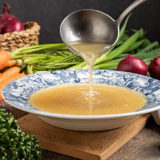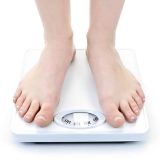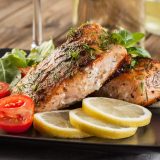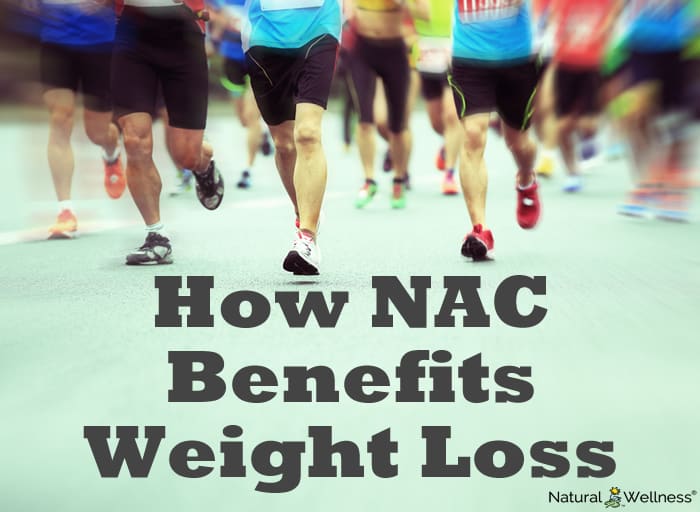

N-Acetyl Cysteine, or NAC for short, is the supplemental form of the amino acid cysteine. For the non-chemists in the room, attaching the acetyl group to the amino acid makes the compound more stable and easily absorbable by our bodies.
Not only does NAC work to scavenge and eliminate muscle-damaging free radicals, but its presence is a precursor to the production of one of our bodies most powerful antioxidants, glutathione. According to the Neuroscience and Behaviororal Reviews, “(NAC) is a glutathione precursor with potent antioxidant, pro-neurogenesis, and anti-inflammatory properties and a favorable safety profile.”
NAC Through History
Our awareness of NAC and its properties dates back to the 1960s, but it wasn’t until the late 80s when the scientific and wellness communities began taking notice.
In 1986 when UCLA professor Irwin Zement published findings of NAC’s wellness properties, he wrote that: “New uses include the management of acetaminophen poisoning and the scavenging of free radicals liberated by cancer chemotherapy drugs. The antioxidant effects may be of prophylactic value in lungs at risk from smoking, pollution, and infection. Other uses proposed for NAC include the therapy of connective tissue diseases and its use as a component in life extension diets.”
Its positive effects would appear numerous, and Zement knew he was onto something. And he was right; in the following decades various clinical trials and studies would prove NAC’s health benefits undeniable.
Cut to present day and NAC is being used to reduce exercised induced oxidative-stress, aid muscle recovery, promote liver and kidney health, and as prevention and relief against a myriad of other illnesses.
NAC and other antioxidants are also necessary to support all normal human metabolic functions and to protect us from diseases such as:
- Heart Disease
- Cancer
- Arthritis
- Lung Disease
- Fibromyalgia
- Diabetes
- Neurodegenerative Disorders (Parkinson’s, Alzheimer’s)
- Autoimmune Diseases
- Macular Degeneration
What sets NAC apart is the science that has demonstrated the beneficial effects of supplementation with N-Acetyl Cysteine on fitness, strength, athletic performance and weight loss.
3 Ways NAC Makes You Stronger and Aids Weight Loss

Unlike controversial performance-enhancing drugs like HGH and anabolic steroids, NAC is totally legal, relatively inexpensive, and does not come with dangerous, unpleasant side effects.
In fact, it’s rather hard to overdose, with one study by The European Journal of Medical Research concluding that NAC was safe even in doses of 2,800mg per day for up to 3 months.
The beauty of this natural substance is that it works as well for the casual exerciser as it does for the committed fitness freak or elite athlete.
NAC can improve your workouts and help you burn fat and lose weight faster.
Here’s how:
- Enhanced Recovery – The act of exercising creates an oxidative stress that damages your muscles. NAC acts within the muscles to scavenge free radicals and relieve that stress. It delivers an increased concentration of glutathione directly into the muscle cells where we need it the most. Glutathione is one of our bodies most potent antioxidants. This allows the muscle cells to begin the repair and regeneration process faster and more effectively. Basically, NAC helps your muscles repair themselves faster so you can work out harder, longer, and recover faster. This is especially helpful for those who are strength training and trying to build muscle.
- Improved Endurance – By preventing the buildup of free radicals in the muscle, NAC allows the sodium/potassium pump within the cells to work more efficiently and maintain a balance of these two critical electrolytes. The result is better stamina and delayed fatigue allowing for greater intensity of exercise for longer periods of time. In other words, the athlete becomes fitter and stronger, faster.
- Increased Fat Metabolism and Weight Loss – A German study published in the Journal of Molecular Medicine reported that NAC aids in fat burning and weight loss. Indirectly, NAC helps improve workouts but, more directly, the study demonstrated a 5% reduction in body fat in eight weeks without any change in dietary habits. The placebo in the study was vitamin C, and those who took it actually gained weight and body fat in the same 8-week period. The theory is that NAC interferes with insulin reacting with fat cells thereby preventing fat storage and allowing fat to be mobilized out of storage and be burned for energy at an accelerated rate. Another study conducted by Researchers at the Baylor College of Medicine with lab mice concluded that low levels of our old friend, glutathione, inhibit our ability to break down fat, but supplementing with NAC increased the ability to break down fat and increase metabolic rates even in older mice.
To top it off, N-Acetyl Cysteine, like all powerful antioxidants, prevents cellular damage in the forms of glycation – which is thought to be a key ingredient in the aging process.
Whether your daily exercise is a brisk walk or high-intensity interval training, you can receive the benefits from this safe, effective, natural healer.
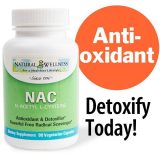 The recommended range for dosage is 500-2,500 milligrams per day depending on the frequency, intensity, and duration of workouts. The University of Maryland Medical Center suggests starting with 500 mg daily and increasing from there.
The recommended range for dosage is 500-2,500 milligrams per day depending on the frequency, intensity, and duration of workouts. The University of Maryland Medical Center suggests starting with 500 mg daily and increasing from there.
However, for those too busy or unable to incorporate physical activity into the daily routine, NAC can still benefit you in the form of prevention and treatment for a number of ailments and illnesses.
4 Ways NAC Prevents and Treats Ailments
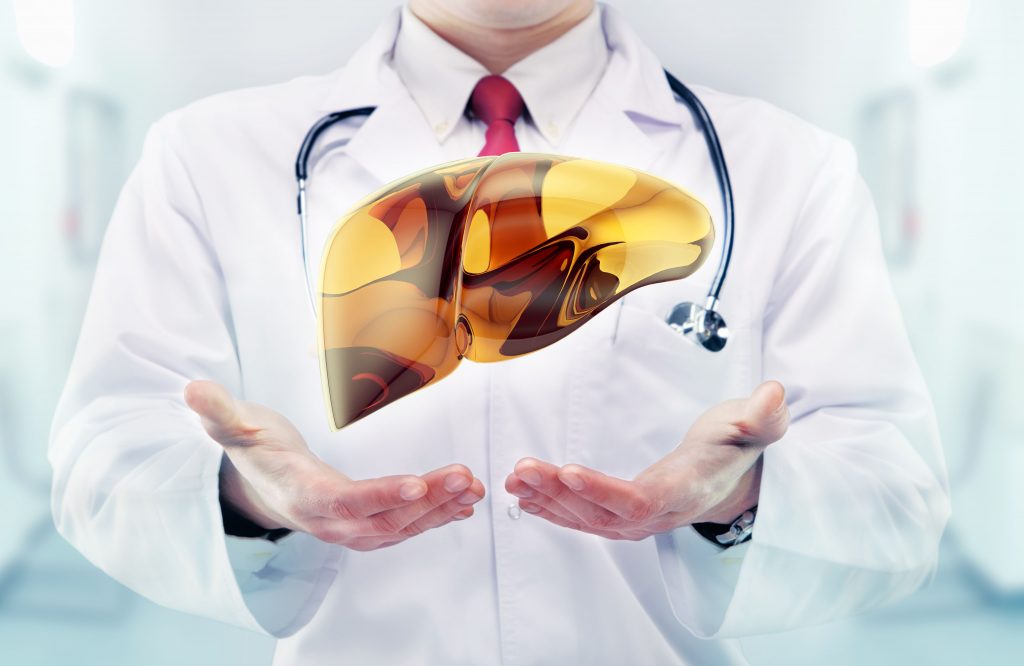
- Liver Disease: According to Hepatitis Monthly, oxidative stress plays a basic role in non-alcoholic fatty liver damage and cirrhosis, but can be relieved by NAC supplementation. Liver disease affects up to 24% of the general population in some countries, and NAC supplementation was found to improve liver function in patients with non-fatty liver disease as well as reduce inflammation of their spleen.
- Kidney Disease: In a 2006 study conducted by the Clinical Journal of American Society of Nephrology, it was found that NAC “protect(s) the kidney from injury induced by contrast media, ischemia, and toxins.”
- Bronchitis and Chronic Obstructive Pulmonary Disease: In chronic bronchitis, the mucus membrane in the lungs’ bronchial passage become inflamed, closing off the respiratory pathways in the lungs. The result is coughing spells accompanied by phlegm and loss of breath. Similarly, Chronic Obstructive Pulmonary Disease (COPD) also causes coughing that produces large amounts of mucus. Luckily, NAC has been shown to be an effective treatment against bronchitis and COPD as it helps break down the bonds in mucus proteins in the chest, lungs and respiratory tracts, alleviating the swelling in the mucus membrane of the lungs.
- Addiction and Neurological Disorders: Glutathione is our brain’s principle antioxidant, and NAC is necessary for its production. So it’s no surprise that NAC can help combat several neurological disorders such as schizophrenia, bipolar disorder, obsessive-compulsive disorder, ADHD, as well as many forms of addiction, all stemming from glutathione depletion and abnormal glutamate neurotransmission.
Bottom Line
It’s clear that NAC has a good track record not only within the wellness and athletic community but, more importantly, the scientific and medical community.
A wide variety of clinical trials and studies have been conducted purporting its benefits and they are undeniable.
It’s inexpensive, easily accessible and is without side-effects.
So whether you live a highly active or sedentary lifestyle, are completely healthy or are battling a neurological or cardiovascular illness, NAC has a benefit for you.


